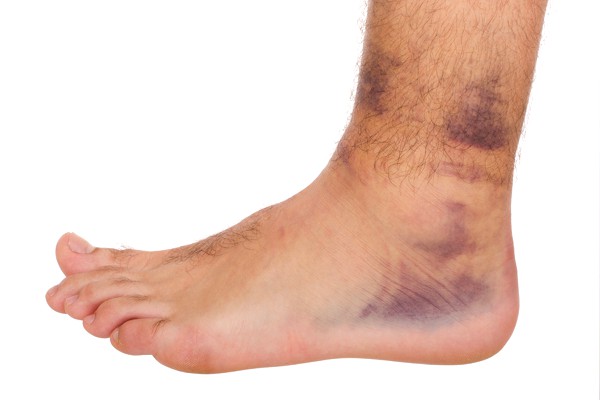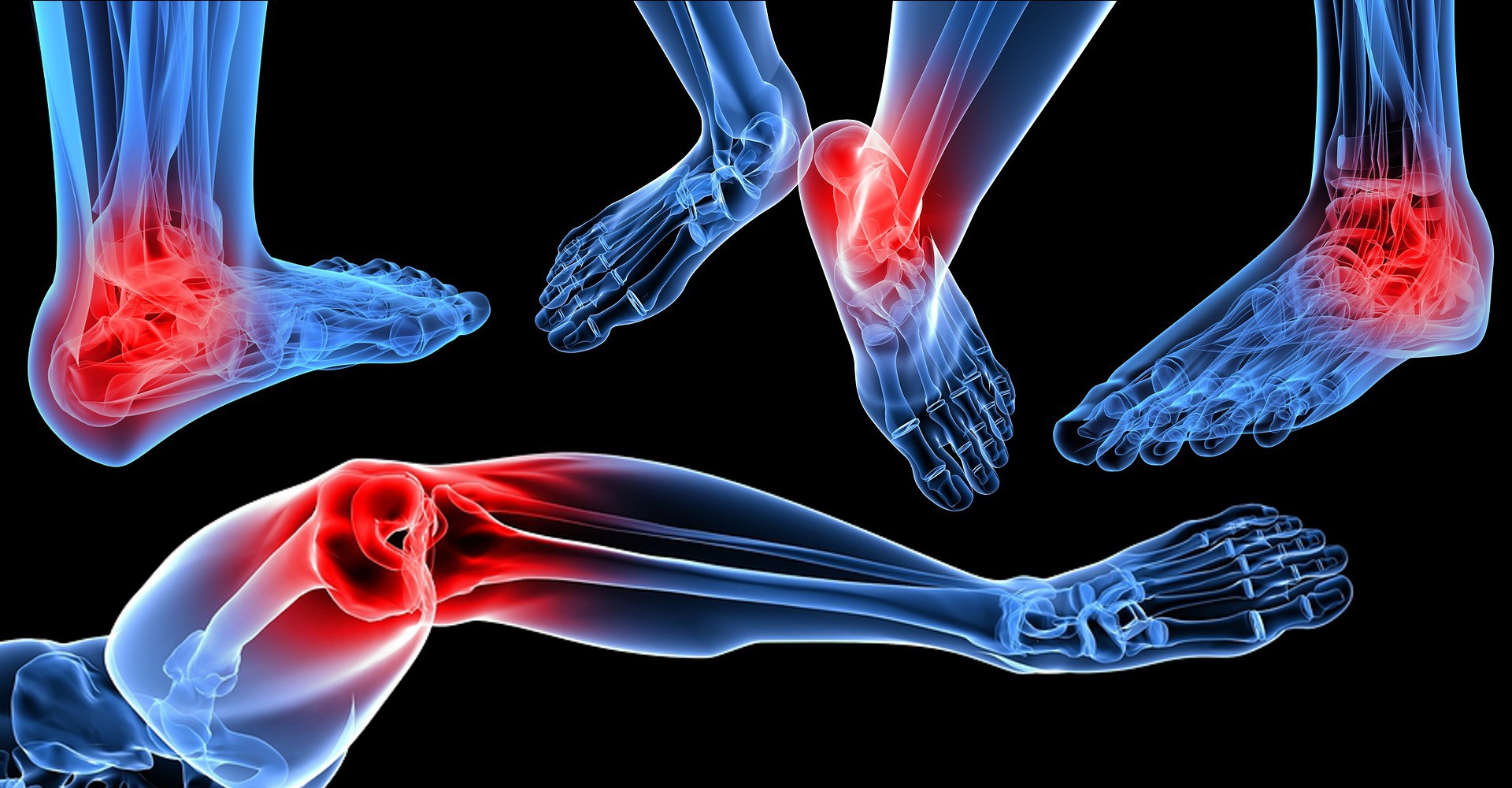The Foot Institute – Calgary
An Association of Doctors Specializing in the Medical and Surgical Treatment of the Foot and Ankle *
TOLL FREE: 1-877-444-3668
Foot and Ankle Injuries Calgary

Nearly one-fourth of all the bones in your body are in your feet. A broken (fractured) bone in your forefoot or in one of your toes is often painful, but rarely disabling. Most of the time, these injuries heal without operative treatment. There are two types of foot fractures: stress fractures and general bone fractures. Stress fractures usually occur in the bones of the forefoot extending from the toes to the middle of the foot. Stress fractures are like tiny cracks in the bone surface. They can happen with sudden increases in exercise (such as running or walking for longer distances or times), improper training techniques, or a change in surfaces.
Most other types of fractures extend through the bone and are called bone fractures. They may be stable, in which case there is no shift in bone alignment, or displaced, in which case the bone ends no longer line up properly. Bone fractures usually result from trauma such as dropping a heavy object on your foot, or from a twisting injury. If the fractured bone does not break through the skin, it is called a closed fracture. If the fracture does break through the skin, it is called an open fracture.
Common symptoms for any type of foot fracture include pain, swelling, and sometimes bruising. Be sure to seek medical attention for any suspected foot fracture.
Ankle Sprains
Ankle sprains are caused by an unnatural twisting or force on the ankle bones of the foot which may result in excessive stretching or tearing of one or more ligaments on the outside of the ankle. The severity of the sprain can impact the degree of damage as well as the type and duration of treatment. If not properly treated, ankle sprains may develop into long-term problems. Primary symptoms of ankle sprains are pain following a twist or injury, swelling, and bruising.
Treatment includes resting and elevating the ankle and applying ice to reduce swelling. Compressive bandages also may be used to immobilize and support the injury during healing. Serious ankle sprains, particularly among competitive athletes may require surgery to repair and tighten the damaged ligaments.
To prevent ankle sprains, try to maintain strength, balance, and flexibility in the foot and ankle through exercising, stretching, and wearing well-fitted shoes.
What can you do?
- Rest. Cut back on your activity, and get off your feet if you can
- Ice. Gently place a plastic bag of ice, wrapped in a towel, on the injured area in a "10-minute on",
"20-minute off" cycle - Compression. Lightly wrap an Ace bandage around the area, taking care not to pull it too tight
- Elevation. Sit in a position that you can elevate the foot higher than the heart to reduce swelling and pain
What can a Podiatrist do for you?
- Perform a physical examination
- Request X-ray, bone scan, CT, MRI or other imaging studies and future exams as needed
- Immobilize or cast the foot/leg
- Prescribe medications when indicated
- Realign bones when indicated
- Perform surgery if necessary
- Recommend physiotherapy to aid recovery
- Prescribe custom orthotics for long-term control and prevention


